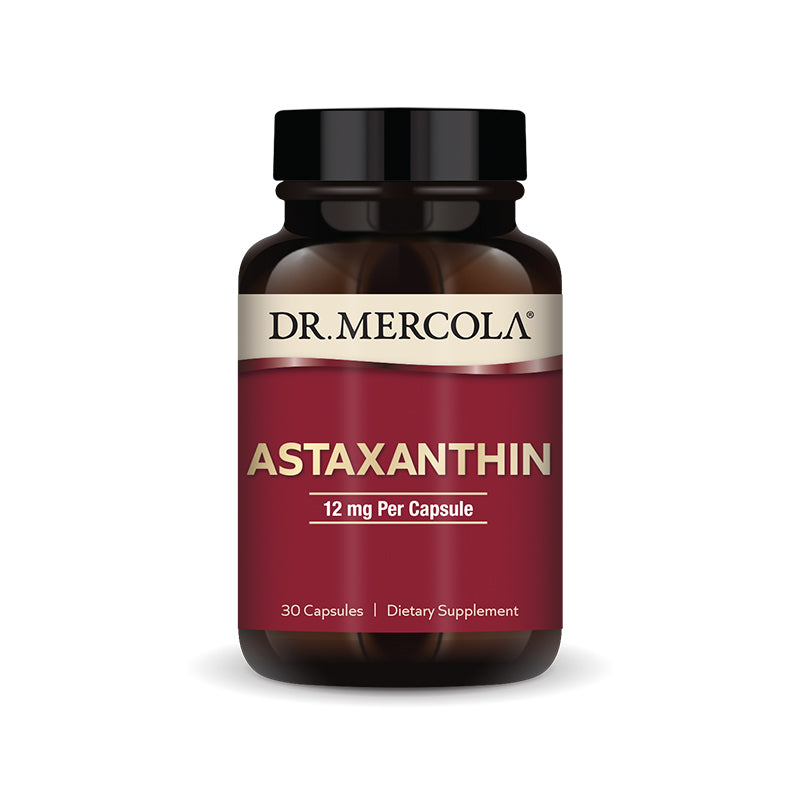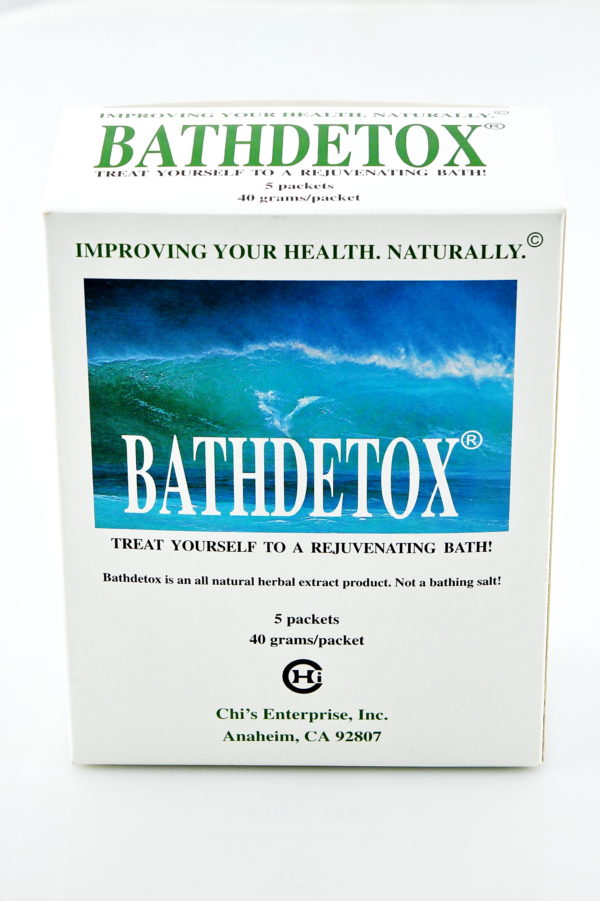Cart
0
by Glen Depke, Traditional Naturopath
On a recent trip back to the Chicago area to visit my father, I just happened to be listening to a sports talk radio show as a I was driving. The shows host were talking about LeBron James and some other well known athletes that have seemingly overnight, become very lean as compared to the past. Now they did not insinuate that they had done anything illegal but they did mention that in professional sports, it is hard to not question the use of some type of illegal drug when witnessing a quick change in somebody’s body. Heck, I get it, as we recently witnessed the “steroid era” in baseball as well as so many other recent “questionable” acts by professional sports icons.
So I guess the question may be, can these athletes become so lean seemingly overnight without the use of any illegal substances? The answer to this question is a resounding YES!
It is first important to understand that for many of us, of our weight or “puffy” issue is really not an issue with too much fat on our body, but rather an inflammatory issue. I will share that when people address their personal triggers for inflammation and actually follow a rather simple, yet effective, anti-inflammatory protocol, the inflammation can fall off extremely quickly. This can leave you with a lean, healthy body in a short time frame and honestly, shock most people that witness this shift. I have seen this many times with programs that I have used with clients in my office as well as those that I have worked with online via programs that are delivered within webinar series.
Actually, such a program will be released soon referred to as “The PAIN of Inflammation.” In this program we address the triggers for inflammation, the inflammation itself and the feedback loops that recycle inflammation.
What are the triggers?
The most common triggers for inflammation would be the SAD or standard American diet, high in processed foods and sugar, food sensitivity, infection and chronic stress. These are the most common but we could also include obesity, addiction and the use of chemotherapy as secondary triggers. Understanding and addressing your triggers are a key because following an anti-inflammatory protocol without getting to the core cause of this is futile.
Addressing the inflammation is not as easy as simply taking an anti-inflammatory supplement either. Yes, using a powerful anti-inflammatory protocol is important but you to create a high level of success quickly you also have to support other areas that play a role in inflammation such as your immune function, gut health, gut/brain connection and detoxification. When you pull all this together, it provides optimal support in assisting your body in the anti-inflammatory process.
It is also essential to address the missing piece of the puzzle for most anti-inflammatory programs which is the recycling of inflammation in your body. Understand that even once you remove your triggers, there are feedback loops that can continue your chronic inflammatory response. Here are four feedback loops that cannot be ignored.
- Inflammation – rise in cytokine production – autoimmunity – more inflammation
- Inflammation – breakdown in the tight junctures of the gut – leaky gut – autoimmunity – more inflammation
- Inflammation – poor liver biotransformation – inadequate phase I & phase II liver detoxification – more inflammation
- Inflammation – increase in fat cell production – insulin resistance – insulin surges – more inflammation
This PAIN of inflammation can show it ugly head in many ways such as:
- Obesity
- Chronic aches and pains
- Mental/emotional disorders
- Chronic disease states
- And so much more…
Look for the upcoming “The PAIN of Inflammation” coming out soon and until then at least make sure you begin by cutting back on processed foods and sugar and assess the most common food sensitivity which is gluten sensitivity. Get your complimentary gluten assessment by visiting www.DepkeWellness.com and visiting the Gluten Intolerance page. Here you will find a complimentary gluten sensitivity assessment to gain a simple understanding of your personal challenges with gluten.
If you have any comments or questions about this article, please feel free to leave a post below for us to answer personally.













